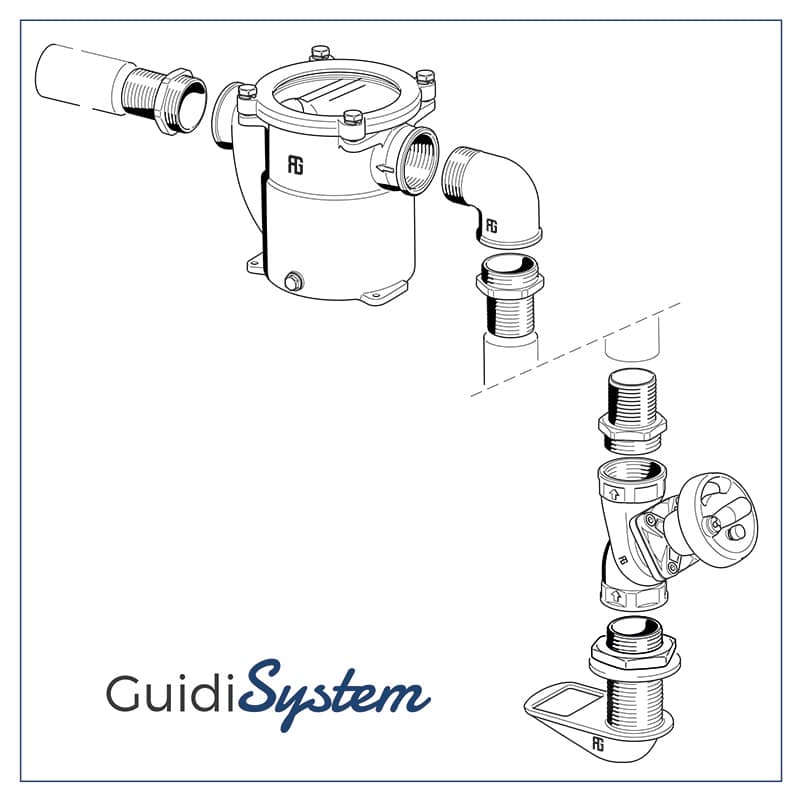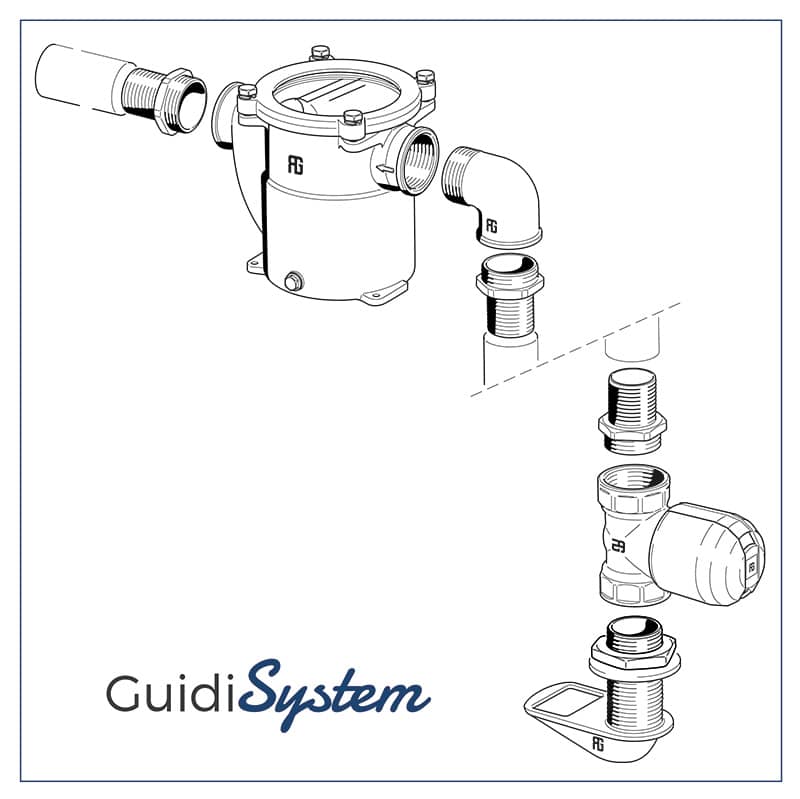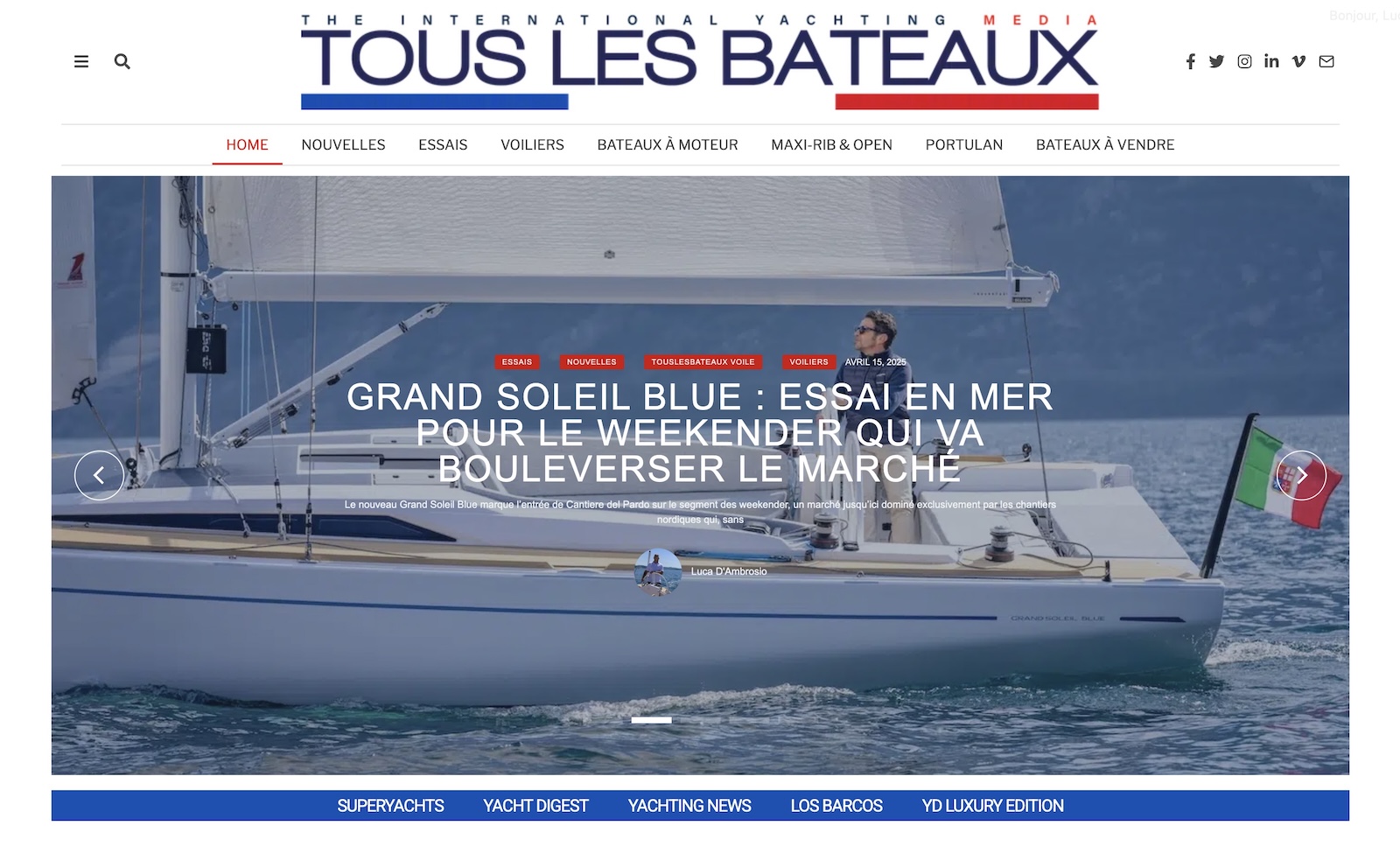Boat Hydraulic Equipment Checks: how to avoid pre-departure unexpected events
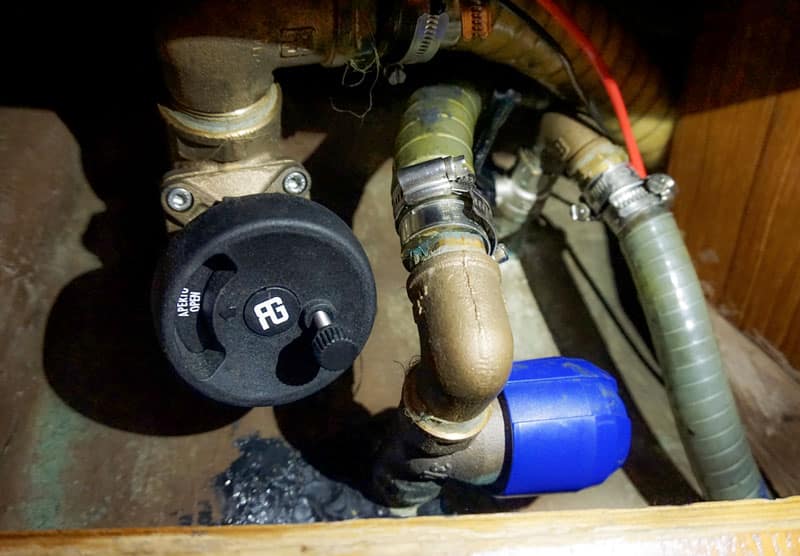
Before restarting the engine, however, some small yet important checks are necessary in order to prevent our weekends or boat holidays from being ruined by some unexpected, annoying or even dangerous technical failure. Essential but often neglected, valves, filters, water intakes and thru-hulls are undoubtedly the equipment that requires the most careful control. Why?
It’s very simple: they are the pieces that, small and hidden from view, keep the engine (and not only) in health. How? They regulate the flow of water from outside and inside the boat, where it is conveyed into a circuit and used to keep the engine properly cooled. In other words, water intakes and valves permit the water to flow into the boat for giving the engine the correct thermoregulation; then, they drain it out.
In addition to the cooling system, toilets and toilet drains are two other elements that require a continuous water exchange between inside and outside for proper functioning. Even in this case, fully efficient valves and filters are indispensable to avoid easily imaginable problems.
Once their importance is understood, a proper knowledge of the most common boat hydraulic equipment failures and the measures to prevent them is essential.
Seawater significantly strains boat hydraulic equipment
Due to its saline composition, sea seriously strains valves and water intakes, corroding them over time. In the Mediterranean, this phenomenon is even more pronounced since the saltiness of the sea is very high. Furthermore, the combination of microorganisms, algae and waste contained in the water can contribute to the formation of fouling which ends up compromising the efficiency of systems.
As you know, modern boats are increasingly equipped with electronic devices: well, the currents emitted by (many) on-board equipment contribute to provoke corrosion problems.
A first solution 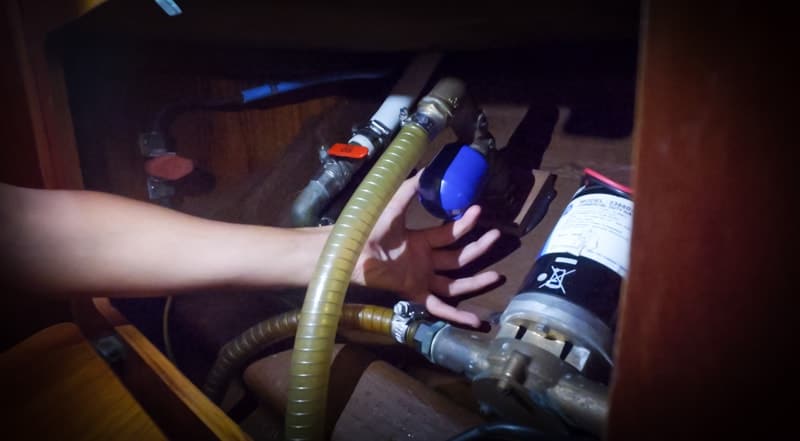
In order to prevent such important accessories from having any problems, the use of bronze parts is always recommended since bronze is an alloy that contains a low percentage of zinc (around 5%), a material that is easily subject to corrosion. Bronze is therefore much more corrosion-resistant than brass, for example, where the percentage of zinc rises to around 35% and makes it easier to deteriorate the piece.
Another good rule is to often open and close the valves to prevent them from getting stuck. Only a few boaters do that, many forgot it but, fortunately, the market offers special anti-block valves for them.
Finally, it would also be useful to regularly check the sacrificial anodes: these must wear out (this is what they are designed for), otherwise the water currents sacrifice something that they should not, like, for example, a filter basket. In short, before setting sail, boat hydraulic equipment checks are always essential.
Boat hydraulic equipment checks: the “Guidi system”
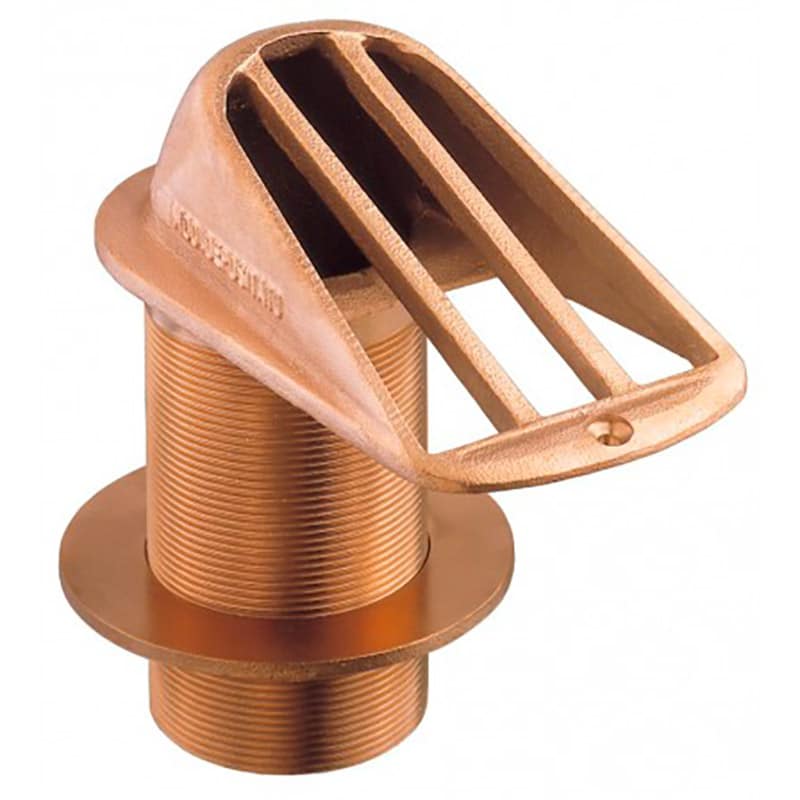
As a leader of marine equipment for over 50 years and an important investor in research and technological innovation, Guidi Srl has developed a wide range of products specifically designed to prevent any possible technical failure and, above all, to guarantee a perfect and long-lasting operation of all boat hydraulic equipment.
Guidi System is a special set of items developed to keep the efficiency of the systems constant even when they are a little dirty. The Guidi System consists of water intake, anti-block valve and filter. Let’s see them in detail.
The water intake (1112B, 1113B, 1260, 1261) is the entry point of the seawater into the hull. It is important that it always carries the right amount of water, without decreases, without creating turbulence in the system.
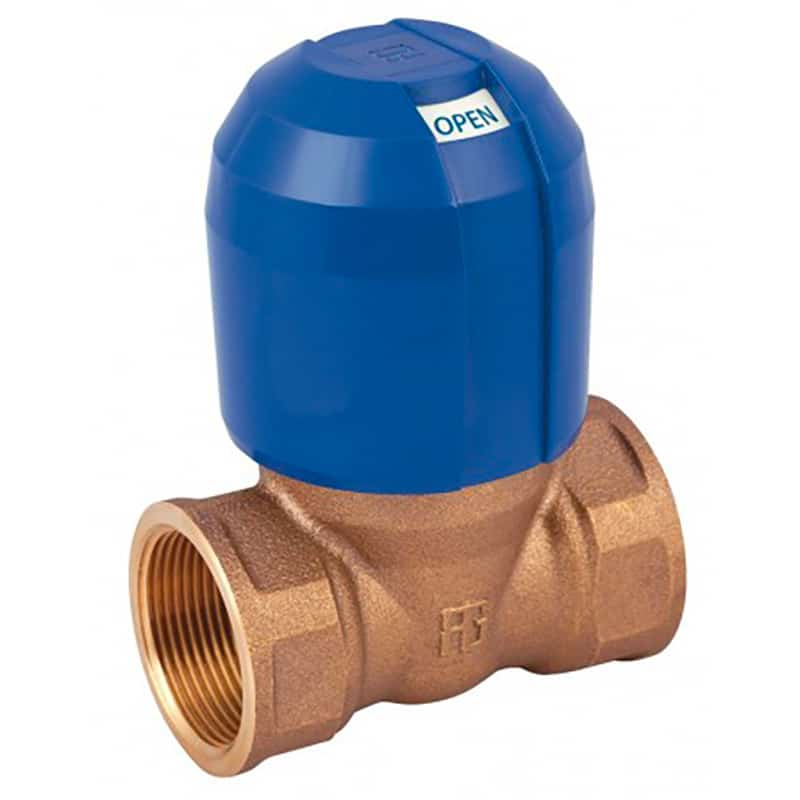
The anti-block valve (2200, 2210, 2220, 2230, 2240, 2250 and 2260 “Alex”) is connected to the water intake and opens and closes the water flow within the hydraulic circuit. These models are not operated by a lever that sets a sphere in motion: the lever is in fact often difficult (or uncomfortable) to maneuver and is more prone to breakage.
Anti-bloc valves, instead, have a screw rotation mechanism which, activated by a revolving “head”, moves a very soft and easy-to-open/close component. Given the function of this system and its very delicate position, this internal mechanism is covered by a membrane that protects it from fouling.
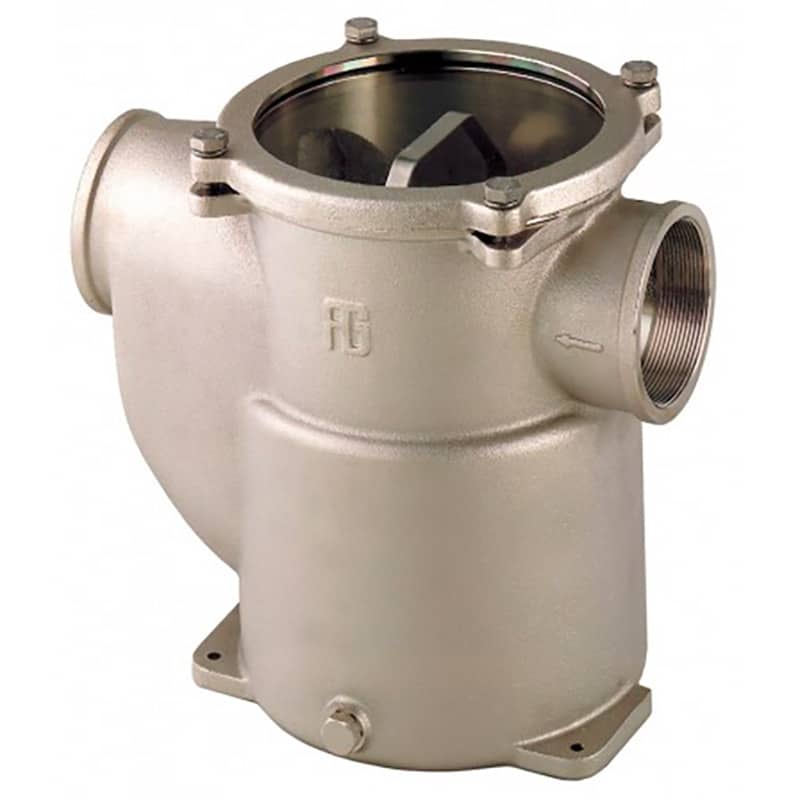
In detail, 2260 Alex is a threaded non-stick full-flow valve which allows total passage of liquids, without pressure drops: this prevents it from blocking or getting covered with fouling. Due to its small size, it can be easily mounted even in tight spaces and is very easy to handle and use.
The filter (1162,1163,1164, 1166, 1281, 1283) retains the impurities contained in the seawater, such as fouling, microorganisms etc. These models have a hermetic seal and. Some are even equipped with a transparent polycarbonate lid for easier inspection.
All items were patented at different times, following the innovation path of the company, and are made of bronze for greater corrosion resistance.
The advantages of the Guidi System (water intake, anti-block valve and filter, all connected by bronze fittings) are multiple: functionality, easy handling, durability, beautiful design, reliability. Last but not least, the items are 100% recyclable.
In the pictures below: on the left, a Guidi Sytem with 2210 anti-block valve; on the right; a Guidi System with 2260 Alex anti-block valve.

